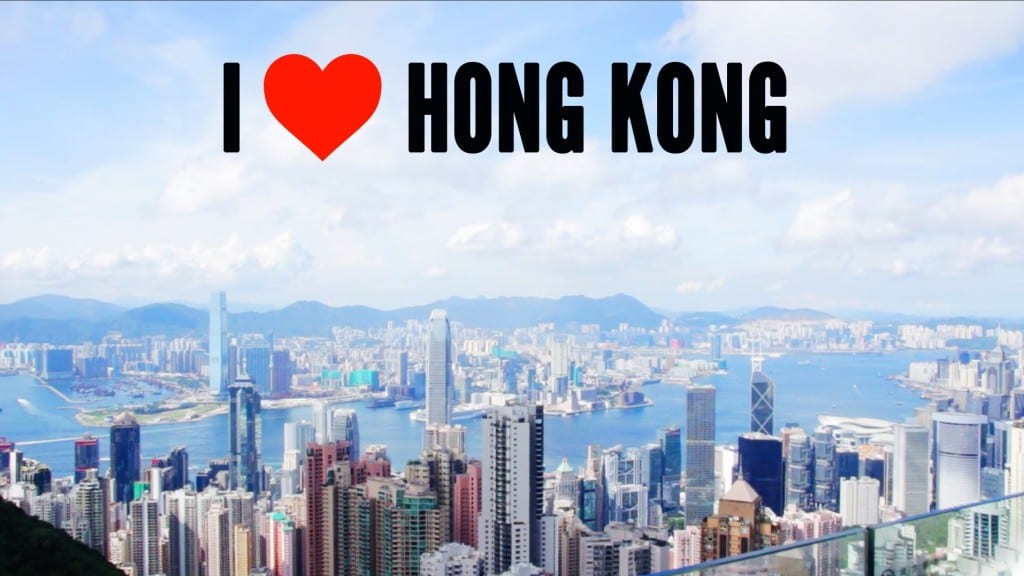
The influx of mainland visitors to Hong Kong has been easing in recent months with many preferring other destinations such as Japan and Korea where the exchange rate is more appealing.
Still, some pro-Beijing loyalists and businessmen blame the localist campaign in Hong Kong for the decline in mainland tourist arrivals.
The situation offers a chance for Hong Kong to reposition itself as an international tourist destination. It’s an opportunity to erase the image, built over the past decade, that the city is nothing more than a shopping mall for mainlanders in the past decade.
We often hear leaders of our tourism industry, such as Hong Kong Tourism Board chairman Peter Lam Kin-ngok, blaming Hong Kong people’s unfriendly attitude toward mainlanders for the loss our competitive edge over other tourism destinations in the region.
But what Lam seems to be forgetting is that Hong Kong shouldn’t rely on a single tourist market to contribute to the growth of our tourism sector.
He also seems to be forgetting that the true value of Hong Kong as a tourist destination lies in its unique history as a former British colony, a community that melds the influences of western and eastern cultures, and an international gateway to China.
In a press conference on Tuesday, Lam, who is also an entertainment and property tycoon, made these remarks about the tourism industry: “The China market is a fat meat. Other countries surrounding us are fighting for it. However, Hong Kong people don’t like to eat meat, they are vegetarians. [Hong Kong] will get slim if it just eats vegetables but no meat. Once Hong Kong gets thin, our pockets will also shrink. Mainlanders know Hong Kong people do not welcome them and so they turn to other destinations.”
If that’s what he thinks, well and good. But let’s take another look at our tourism sector.
Contrary to the gloom and doom scenarios painted by the industry captains, the situation is actually improving in recent months — at least from the point of view of the general public.
Overall arrivals in November fell by 10.5 percent, mainly as a result of a 15 percent drop in the number of mainland visitors to 3.54 million.
Surprisingly, however, the number of visitors from other overseas markets rose by 7.6 percent to 1.16 million, according to figures released last week by the Secretary for Commerce and Economic Development Gregory So Kam-leung.
The government and the Tourism Board seem to have different goals as regards the city’s tourism sector.
While Lam stressed the importance of the Chinese clientele, So is looking at a wider market.
So said the tourist mix has been changing in the past two months, with the number of non-mainland Chinese visitors continuing to grow as Chinese visitors go to other destinations.
He said this is becoming the “new norm” for industry, and the government will focus on the quality, not quantity, of Hong Kong’s tourism sector.
It’s a fact that some Hong Kong people, especially the localists, took a hostile approach in dealing with mainlanders, specially with parallel traders, as their massive purchases of daily necessities are disrupting our normal life.
But that couldn’t be the only reason for the decline in Chinese visitors. It is also partly due to the implementation of a “one trip per week” policy for Shenzhen residents, which has resulted in a 40 percent drop in the number of arrivals from the southern city.
It’s good to hear that the number of non-Chinese visitors are growing over the past two months, although they are still behind the mainlanders by about two million.
A balanced mix of tourists should be a key consideration in reviewing our current tourism policies and strategies.
The tourism board, in fact, is already shifting its promotional activities toward attracting high-value-added overnight visitors, MICE (business meetings, incentives, conferences and exhibitions) and cruise tourists to offset the decline in the number of same-day visitors.
Such a change in direction is a realistic move to drive quality growth for our tourism industry, especially since Hong Kong ignored other aspects of the business in the past decade as it focused its resources on welcoming mainland visitors.
Several months ago, top Hong Kong officials including Chief Executive Leung Chun-ying and Secretary So blamed the localists’ anti-mainland campaign for the decline in Hong Kong tourism and retail industries.
But now, So’s remarks indicate that the government is realizing that Hong Kong shouldn’t rely solely on China to support its economy.
It seems that our officials are beginning to realize that the massive influx of mainland tourists made us fat quickly, but not in a healthy way.
Perhaps, Peter Lam is right about his analogy. We have eaten too much fatty meat in the past 10 years. It’s about time we went vegetarian. It’s healthier.